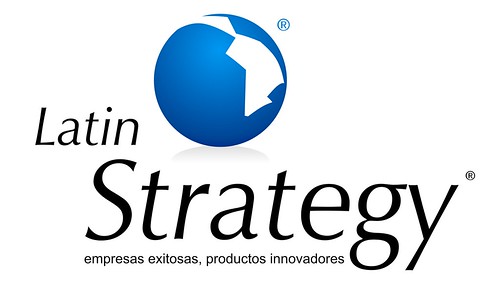
La entrada es de Knowledge@Wharton
Extracto de apertura:
"How does an entrepreneur successfully introduce innovation to a gastronomic tradition that is a cornerstone of French culture and identity? Stephane Girard, who graduated from the Bordeaux Wine School in 2004, has launched a modern concept in wine degustation designed to make understanding viniculture more accessible by placing the individual's discovery of wine at the center of the experience."
El Jobs-To-Be-Done fundamental:
"In a Wharton entrepreneurship class, he led several classmates in creating a business plan to address the fact that wine drinkers often do not know which wines they like and why. He and a few others designed a novel concept comprising a wine bar, a wine store, and a wine club, all in the same location... even self-proclaimed wine connoisseurs found they knew less than they thought about their own personal tastes, relying too often on guides such as Wine Spectator or a restaurant sommelier instead of their own palates... He identified the opportunity to change how people discover and purchase wine, and decided that the wine bar/store/club concept he had developed at Wharton could work well."
La "operación" y el resultado:
"Imagine that you purchased a bottle or glass of wine, not because the label was attractive or you had read about it in a guide or magazine, but because you had tasted it and found it pleasing. WINE by ONE facilitates that experience through its three-in-one concept of a wine bar, store, and club in a single location.
A typical Parisian wine bar has a selection of 10 to 30 bottles, five to 10 of which are available by the glass. In contrast, WINE by ONE offers 100 bottles available by the glass, including approximately 20 bottles from origins as diverse as the United States, Italy, Chile, Australia, and South Africa -- a novelty in Paris, where international varieties are scarce. In addition to geographic diversity, the selection includes a range of styles from grand crus and full-bodied reds to French rosés and sweet dessert wines. In France, wines are normally categorized by appellation (region of origin). WINE by ONE, on the other hand, organizes its selection by "wine category" (following grape type such as chardonnay, cabernet, shiraz, etc.).
WINE by ONE's day-to-day function relies on distribution machines from the Italian company Enomatic. Each machine holds between four and eight bottles and dispenses wine tastings in three different sizes -- "the impression" (3 cl), "the temptation" (half glass), and "the sensation" (full glass). Customers add money to a personalized WINEcard from which the price of each glass is deducted automatically. Servings cost between €1 and €25 (US$1.36 and US$34), depending on the size and the wine. The machines prevent oxidation, ensuring a constant, ready-to-serve temperature and maintaining drinkability for two or three weeks.
By outsourcing the pours, the machines allow three employees to serve an entire bar. To guide the wine discovery process further, each machine has a WINEpad that provides information about each bottle, including notes from sommeliers, so customers can synthesize what they taste with a wine's technicalities. Unbiased by the recommendations of hovering waiters or barmen eager to fill their glasses, customers can examine the vast array of wines, reading the details of each on the WINEpad before choosing what to drink. By limiting staff involvement, Girard encourages customers to experiment and judge wines for themselves instead of through the biases of wine "experts."
Unlike at a typical wine bar, all 100 bottles can be purchased to take home from WINE by ONE. Moreover, unlike other wine stores that close in the early evening, WINE by ONE is open from noon until 10 p.m. These extended hours present a competitive advantage, as professionals who leave their offices late have the opportunity to purchase wine after other outlets have closed. Furthermore, when an individual discovers a bottle of wine, he or she can then purchase additional bottles to drink at home, making the connection between the consumer and the wine more lasting. These individuals are more likely to return to WINE by ONE to further their oenological education, Girard says.
The final component in the WINE by ONE equation is its wine club, a community of members with a shared interest in discovering wine. Loyal customers have access to themed tastings with producers and sommeliers as well as wine classes for connoisseurs at all levels. Typically, wine clubs are private communities arranged through institutions and corporations. WINE by ONE, on the other hand, offers the educational advantages of a wine club without the exclusivity or prohibitive fees. A first-time visitor to WINE by ONE becomes de facto a member of the club by getting a WINEcard. As a result, the WINE by ONE community has been building up very quickly. More than 5,000 "WINEcards" were issued over the first eight months, Girard says.
In its first few months, more than 70% of WINE by ONE's sales came from wines by the glass, approximately 20% from the sale of bottles, and 10% from the sale of food and other accompaniments."

No hay comentarios:
Publicar un comentario